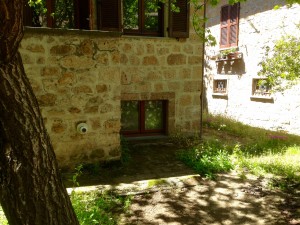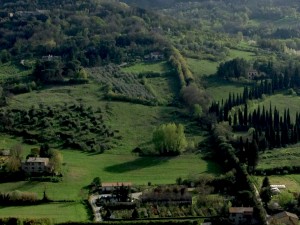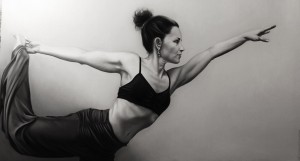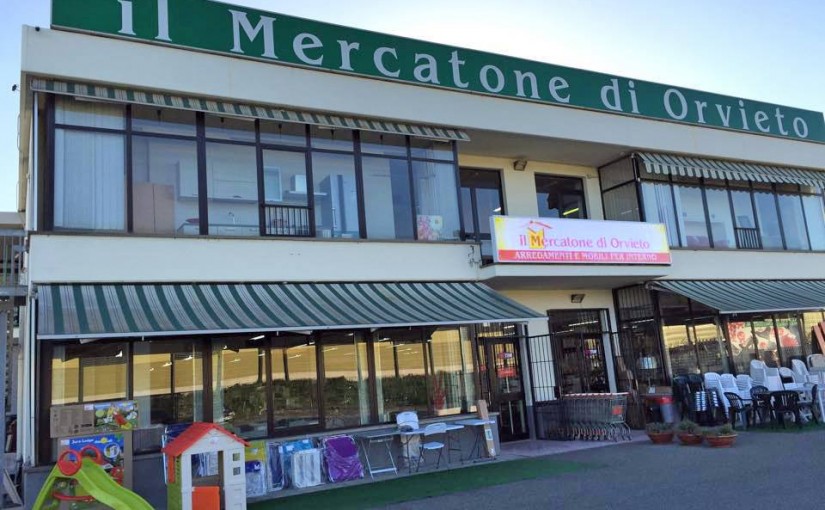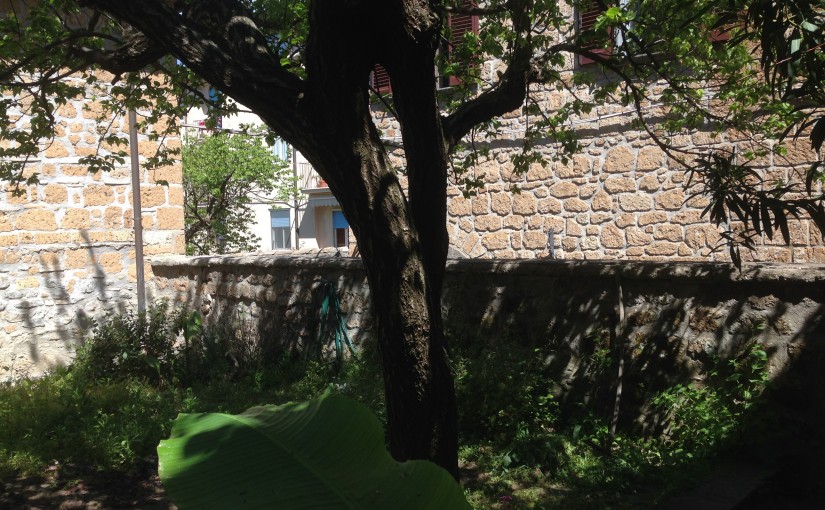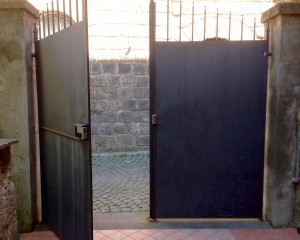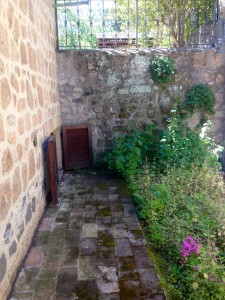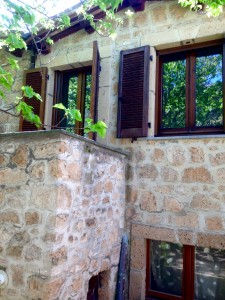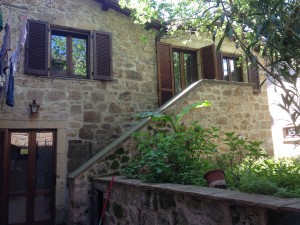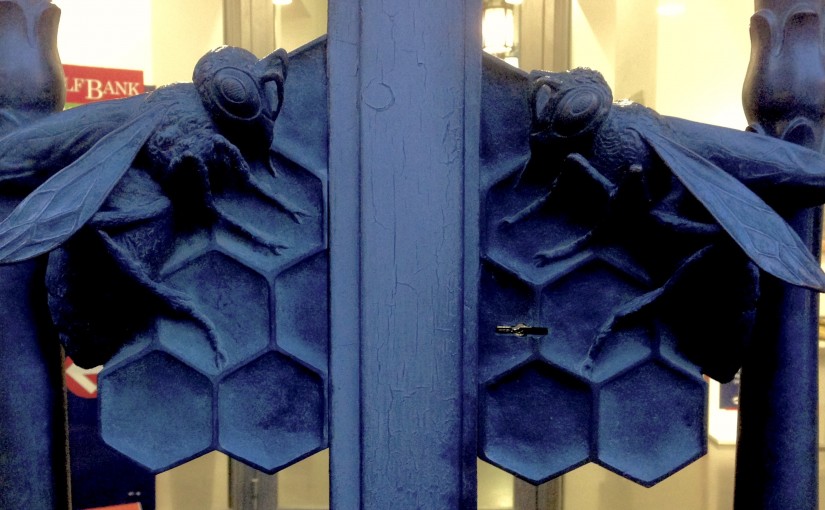It rained today. Sad for the gelato and tasting events that are happening all over town. There are nevertheless plenty of visitors, but rain makes it logistically difficult, if not impossible, pleasurably to eat gelato. Fortunately, tomorrow is a national holiday and the weather is predicted to be sunny, so there will be another chance.
I took a walk despite the showers. I intended to visit my favorite gelato shop, L’Officina del Gelato – notwithstanding the pavilions all over town featuring flavors and types from all over Italy – and I felt a bit righteous about it, too. But within two minutes of leaving the house, the shower turned into a torrent, so instead I wandered. Later as the rain calmed, I redirected my feet towards l’Officina, but by the time I arrived the storm was again tumultuous.
The gelato shop is located close by La Torre del Moro, and this morning friends had pointed out an exhibit on AmerIndian culture upstairs in the adjunct Palazzo dei Sette, only open Sundays from two to five. So, as I was directly in front of the entrance, I squeezed my way in through the crowds sheltering from the downpour.
 Earlier, I also noticed a large poster advertising another exhibit, paintings by a fellow named Marco Gizzi. The poster features an almost life-sized portrait of a man in chain mail, helmet, emblazoned livery, with a cudgel resting on his shoulder. The image is stunning, but the cudgel seems so real I felt its weight, the covering on the shield is slashed and torn, and I was lead to imagining battles fought. A few seconds of contemplating the reality and purpose of those medieval trappings left me cold, or at least ambivalent about attending the exhibit.
Earlier, I also noticed a large poster advertising another exhibit, paintings by a fellow named Marco Gizzi. The poster features an almost life-sized portrait of a man in chain mail, helmet, emblazoned livery, with a cudgel resting on his shoulder. The image is stunning, but the cudgel seems so real I felt its weight, the covering on the shield is slashed and torn, and I was lead to imagining battles fought. A few seconds of contemplating the reality and purpose of those medieval trappings left me cold, or at least ambivalent about attending the exhibit.
Having twisted through the throng I found the stairs and followed the signs that read “Mostra” confident I was about to see an exhibit in Orvieto on AmerIndian culture. Cool. I love unexpected, unlikely mashups. When I arrived, however, I had entered Signor Gizzi’s exhibit instead; a long series of rooms – quite large and comfortable, if a little ragged – with four or five works hung in each. The first room had nothing heraldic in it, so I shrugged and started with the painting immediately to my left.
One of the many unthinking prejudices I’m saddled with is to instantly categorize hyper or super realism as banal. All technique, I tell myself as if I could somehow rival it, where’s the soul, the purpose? How is this different from creative photography? Within about thirty seconds, that bit of arrogance got a well-deserved slap down.
The first painting was of a copper coffee canister. Not all of it is in frame. It is 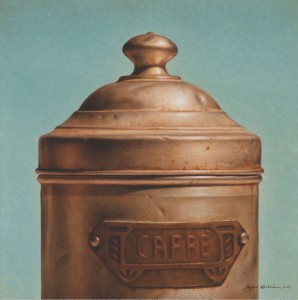 dented and poked, shiny and scoured, parts of it covered with a patina. There is a trace of dust and coffee grounds sitting on the top edge of its metal “Caffè” label. The effect of its standing out from the canvas is stunning, wonderfully confusing, paradoxical, and irrational. It is set against a plain colored background, which lends its illusory dimensionally an even stronger impact. I was immediately drawn in, not by the novelty of its proffered illusion, but by the power of it. I strolled to the next painting and the next, and each drew me in further.
dented and poked, shiny and scoured, parts of it covered with a patina. There is a trace of dust and coffee grounds sitting on the top edge of its metal “Caffè” label. The effect of its standing out from the canvas is stunning, wonderfully confusing, paradoxical, and irrational. It is set against a plain colored background, which lends its illusory dimensionally an even stronger impact. I was immediately drawn in, not by the novelty of its proffered illusion, but by the power of it. I strolled to the next painting and the next, and each drew me in further.
I believe there is a kind of sub-genre of painting that shows the back of a canvas as its subject, I remember seeing those somewhere before. Signor Gizzi pulls off some mean magic with his contribution. I was never quite able fully to accept that the painting was not a reversed canvas, only that a butterfly had landed on the upper half forced me to capitulate. It is simultaneously confounding, provocative, and delightful. It also took a strong effort of self-control not to touch it, my visual sense wanted help in determining exactly what was going on.
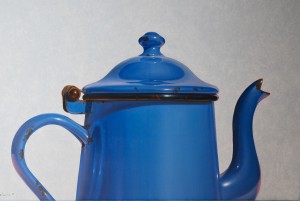 Following, there were a number of canvases with pomegranates – one with a wasp, some with leaves, others broken open next to a skull not always human. Tea kettles, tea pots. Gourds and pumpkins. A piece of white drapery with a fly resting on it. Each dares the viewer to discern what illusion does to our visual perception, each encourages us to make an effort to become more visually acute, to appreciate detail and color and form in ways — new ways — that relate to the world outside but are also distinct from it.
Following, there were a number of canvases with pomegranates – one with a wasp, some with leaves, others broken open next to a skull not always human. Tea kettles, tea pots. Gourds and pumpkins. A piece of white drapery with a fly resting on it. Each dares the viewer to discern what illusion does to our visual perception, each encourages us to make an effort to become more visually acute, to appreciate detail and color and form in ways — new ways — that relate to the world outside but are also distinct from it.
The third room held the soldiers, six of them. The couple of warriors without helmets I would later realize are self-portraits, and from the hands and the stature of the other figures, it would therefore seem that all of them are. The craft is as startling as in any of Gizzi’s other works. The effect, at least for me, is somewhat different. The poster downstairs, as true as it is, doesn’t have the impact of the original. The reaction it began in me was tripled, quadrupled – multiplied – in the presence of the paintings. They are gorgeous, disturbing, provocative, graceful. Each suit of armor and livery – so lovingly detailed, so confident, so elegant – is designed for two purposes, only; to prevent and inflict a messy death. The tension between that and the pristine clarity of the work tears holes in my comfortable mind.
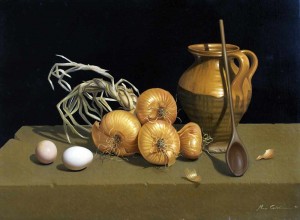 More still lives followed. (Interestingly, the Italian name for a still life is natura morta.) All are surprising, enlivening, impossible. Gizzi mixes painterly conventions with startling realism in subtle and pleasantly confusing ways.
More still lives followed. (Interestingly, the Italian name for a still life is natura morta.) All are surprising, enlivening, impossible. Gizzi mixes painterly conventions with startling realism in subtle and pleasantly confusing ways.
I was thrilled. I’m going back.
I wandered out, revisiting a few of my favorite pieces. The two men I had passed on the way in were still in the outer room. I approached the one at the table, “Excuse my horrible Italian, but I have to say that was some of the most amazing work I have ever seen. Not just the…” He interrupted and pointed to the other man, who, with the force of the first man’s index finger, became one of the knights two rooms distant suddenly brought to life. “Congratulations, sir. The technique, of course, but composition, choice of objects, placement on canvas, framing, all of it. Extraordinary!” I went on for a bit too long. Gizzi shuffled, glowed, and shook my hand as many times as I offered it.
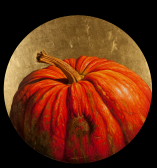 The first man picked up a catalog from a stack on his table and offered it in my direction. I glanced around for a sign, a cash box, any indication of how much I should pay for this gorgeous publication. He noticed, waved his hand, and flapped the book at me again. I accepted with a little bow and pressed it to my chest like an eager schoolboy might with his first textbook of the year.
The first man picked up a catalog from a stack on his table and offered it in my direction. I glanced around for a sign, a cash box, any indication of how much I should pay for this gorgeous publication. He noticed, waved his hand, and flapped the book at me again. I accepted with a little bow and pressed it to my chest like an eager schoolboy might with his first textbook of the year.
“Auguri!” I said to the artist. “I can’t say anymore.” “Thanks,” he replied. “No, thank you!” and so we went back and forth for a few rounds before I managed to jumble back downstairs. Art of all kinds teaches us to see, to perceive with greater appreciation. Life on the street shown more vividly and with a fresh particularity for my experience in those rooms under La Torre del Moro. So it really is mine to give thanks. But I’ll overlook Gizzi’s error – for now.
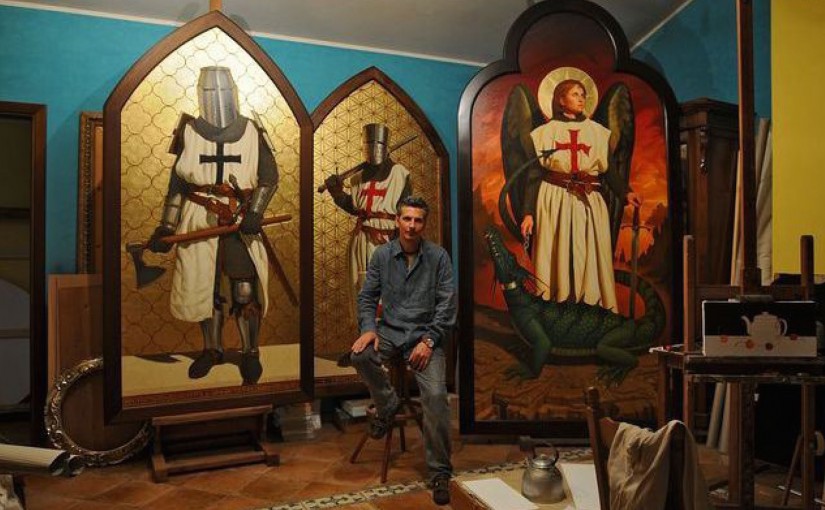
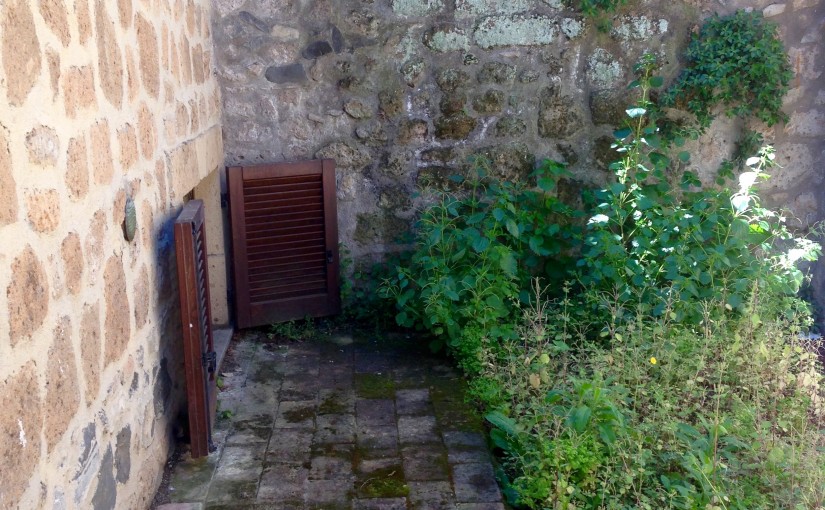
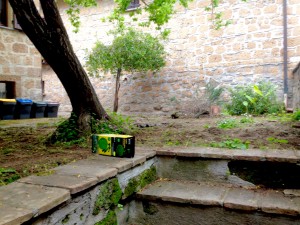
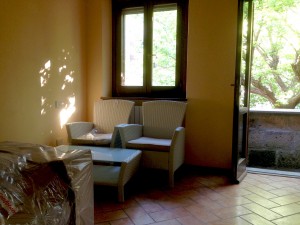
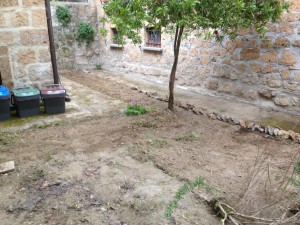
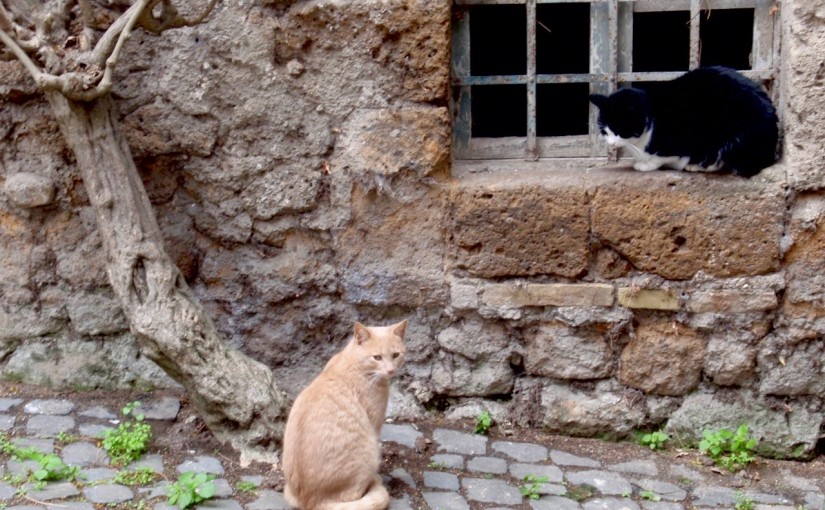
 Oh, my goodness. Well over half the opportunities I look at read more or less like this:
Oh, my goodness. Well over half the opportunities I look at read more or less like this: